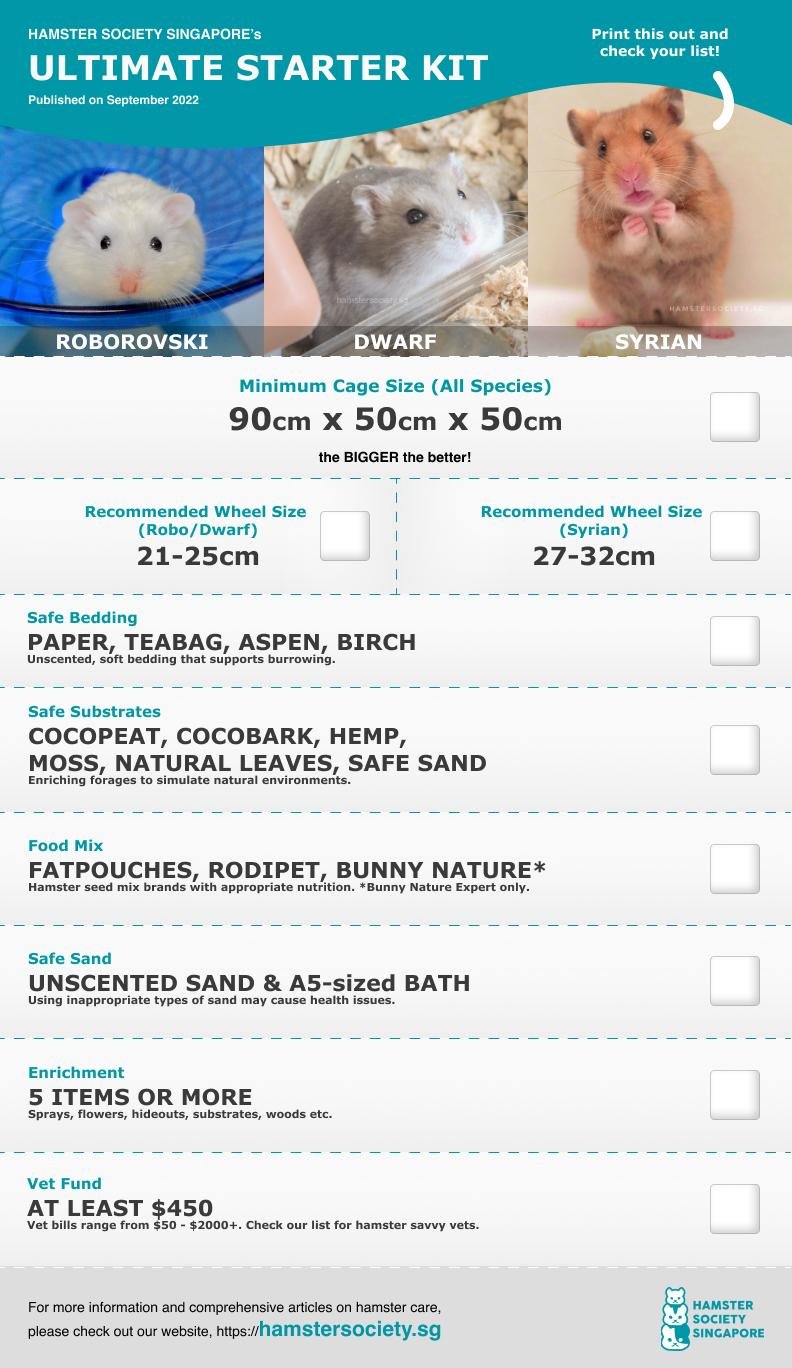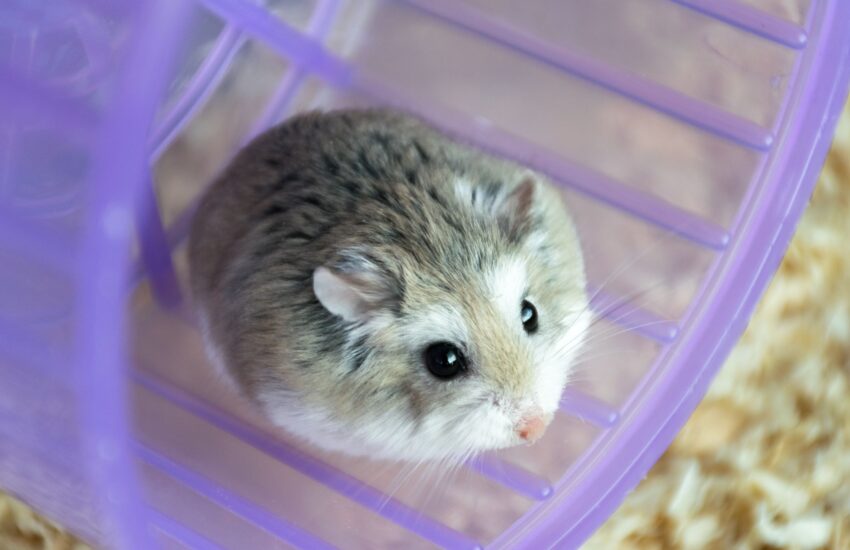Best Hamster Breeds for Older Children
Choosing the right pet for children can be a delightful yet challenging task. Among various pets, hamsters are often recommended, particularly for older kids due to their manageable size and relatively easy care. In this article, we’ll explore the best hamster breeds for older children, discussing their characteristics, care requirements, and the joy they bring to a child’s life.
Understanding Hamster Breeds
Before we delve into specific breeds, it’s crucial to understand the primary types of hamsters commonly available. Knowing about these breeds helps in making an informed choice that fits your family’s lifestyle. Hamsters generally fall into categories such as dwarf hamsters and Syrian hamsters, each with unique traits and care specifics. **Dwarf hamsters** tend to be smaller and more social, while **Syrian hamsters** are larger and typically prefer solitude. Both types can be wonderful companions but choosing an appropriate breed depends on how involved and responsible the children are in their care.
Popular Dwarf Hamsters
Dwarf hamsters, including the Roborovski and Campbell’s hamsters, are delightful companions for older children. Roborovski hamsters are particularly known for their small size, agility, and charming personalities. They are active and enjoy socializing with other hamsters, making them great fun for children who have friends over or other pets. Campbell’s dwarf hamsters, on the other hand, are more sociable than some other dwarf breeds and are easier to handle, demonstrating more curiosity and friendliness towards humans.

What to Expect from Dwarf Hamsters
Dwarf hamsters can be less intimidating for kids due to their size and playfulness, instilling a sense of responsibility without overwhelming them. They require a small cage, which simplifies cleaning and maintenance. It’s essential, however, to ensure they are housed in pairs or groups to prevent loneliness, as they thrive on social interaction. Your kids can learn about shared responsibilities as they take turns feeding and cleaning the hamsters.
Syrian Hamsters: The Gentle Giants
Syrian hamsters are the most common hamster breed kept as pets, recognizable for their larger size and distinct personalities. These hamsters are ideal for older children who can understand their need for personal space. With their inquisitive nature and typically calm demeanor, Syrian hamsters can adapt well to being handled and can bond closely with their owners if socialized properly.
Caring for Syrian Hamsters
When caring for a Syrian hamster, it’s important to provide a spacious cage and ample enrichment to keep them active and engaged. Toys such as tunnels and wheels are essential for exercise. Teaching older kids how to create an enriching environment will enhance their involvement and understanding of hamster care. Remember, Syrian hamsters are solitary creatures, so they should be housed alone to avoid aggression.

Popular Varieties of Syrian Hamsters
Within the Syrian category, there are diverse types such as the **long-haired** and **short-haired** hamsters, each offering unique care considerations. Long-haired hamsters, known as **Teddy Bear hamsters**, not only look adorable but also require regular grooming, which can be a fun activity for older kids to engage with. Short-haired Syrian hamsters, while low-maintenance in terms of grooming, still benefit from regular social interaction, ensuring they remain friendly and trusting towards human company.
Responsibilities and Caring for Hamsters
Owning hamsters can instill responsibility in children, teaching them about routine care and the needs of a living creature. Older kids can handle tasks like daily feeding, cage cleaning, and health monitoring, thus learning the essentials of pet care management.
Daily Care Routines
A structured daily care routine can foster responsibility and care in children. Encourage kids to check on their hamsters each morning and evening, ensuring they have food, water, and a clean environment. Hamsters generally prefer fresh vegetables and commercial hamster pellets, which foster their health. Let your child record their hamster’s habits and preferences, creating a caring dynamic that enhances their knowledge about animal behavior.
Designing a Fun and Enriching Space
Creating an engaging habitat is a crucial aspect of hamster care, enabling them to exhibit natural behaviors. For instance, consider adding tunnels made of cardboard, chew toys, and climbing structures. This allows kids to explore creativity, while ensuring their pets stay active and entertained. By encouraging your child to participate in decorating the cage, they’re likely to develop a personal connection with their hamster.
Key Takeaways
- Dwarf hamsters like Roborovski and Campbell’s are ideal for younger handlers thanks to their sociable nature.
- Syrian hamsters are perfect for older kids who can understand their need for solitude and personal space.
- Daily care routines foster a sense of responsibility in children.
- Creating an enriching habitat contributes to the overall well-being of the hamster.
- Involving your child in the hamster’s care promotes bonding and an understanding of animal needs.
FAQ
1. Are hamsters suitable pets for younger children?
While hamsters can make great pets for older children, they may not be the best choice for younger kids due to their delicate nature and specific care needs. Older children can understand and respect the hamster’s space while being responsible for its care.
2. How often should I clean the hamster’s cage?
Cleaning frequency depends on the number of hamsters and their activity level. Typically, it’s recommended to clean the cage weekly and spot clean as needed, ensuring your pet’s living environment is always fresh and inviting for them.
3. What type of hamster is the easiest to handle?
Generally, Syrian hamsters are considered the easiest to handle due to their gentle temperament and adaptability. Dwarf hamsters can also be friendly, but their smaller size means they may be quick and harder to handle. It’s essential to supervise interactions, particularly at first.
4. Can hamsters live together?
Dwarf hamsters can be kept in pairs or small groups, provided they are introduced properly. In contrast, Syrian hamsters are solitary creatures and should be housed alone to prevent aggression and fighting.
5. What should I feed my hamster?
A balanced diet for hamsters includes hamster pellets, fresh vegetables, and occasional treats such as fruits and nuts. Ensure any fresh food is thoroughly washed and given in moderation to maintain a healthy diet.
6. How can I tell if my hamster is healthy?
Observing your hamster closely can help you identify signs of good health. Check for bright eyes, clean fur, and consistent activity levels. If you notice changes, such as lethargy or changes in appetite, it’s best to consult a veterinarian.
7. How long do hamsters live?
Hamsters generally have a lifespan of 2 to 3 years. Proper care, including a balanced diet, clean living conditions, and regular health checks, can help your hamster live a longer, healthier life.
